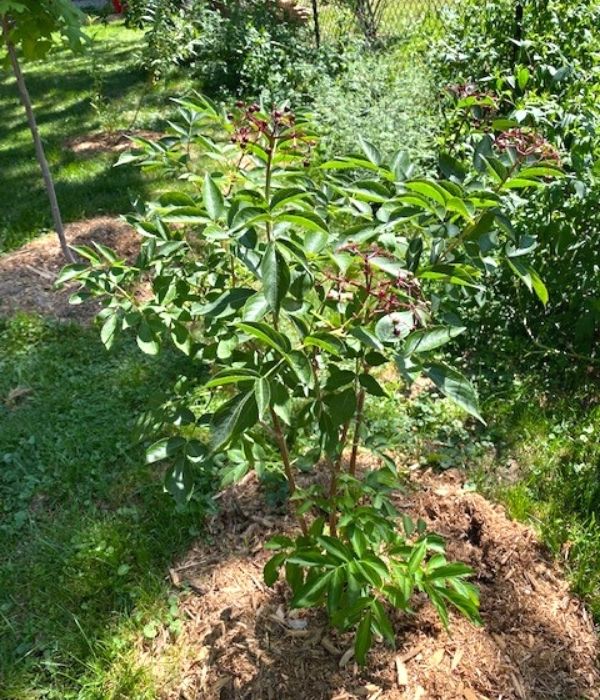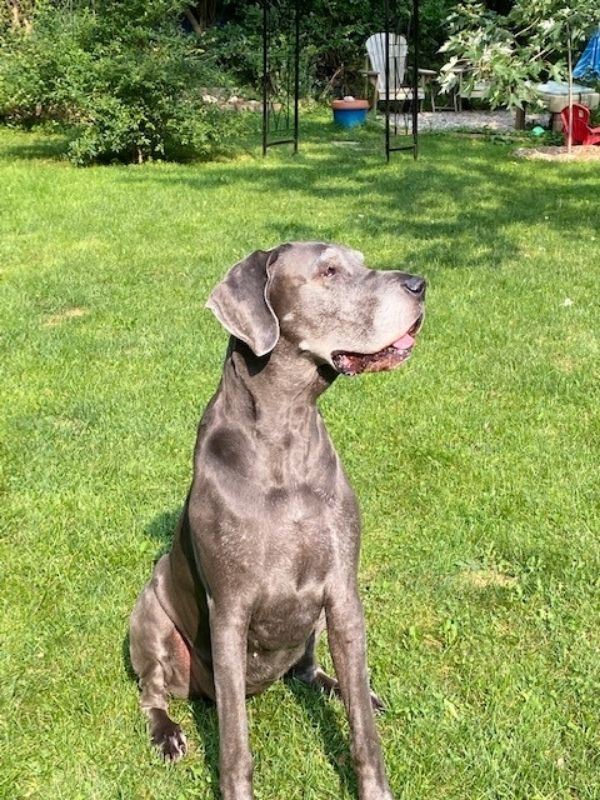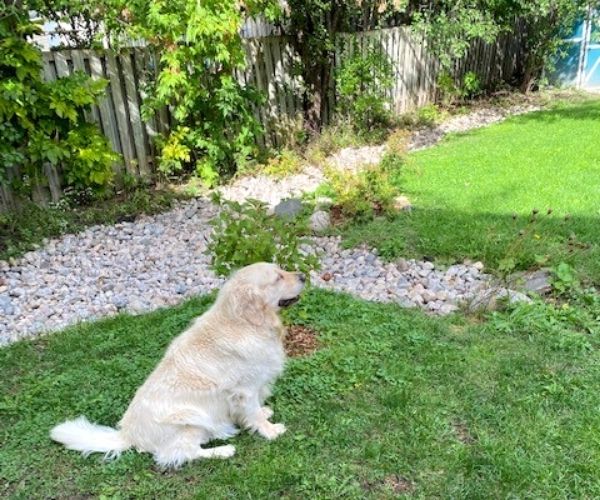I had the chance to connect with Jack about his experience with LEAF and what has motivated him to help grow the urban forest. I’m excited to share what he had to say!

How did you first become interested in the urban forest?
We have planted native plants to attract butterflies and birds to our garden. We were particularly concerned about the Monarch butterfly population, and we had built up quite a successful butterfly garden in the back.
We had a problem with poor drainage in our backyard, and in 2018 decided we had to address it. This involved the complete regrading of the backyard and installation of drainage swales to remove the water. The night before the project was to start, we had a huge storm and lost two trees. The regrading also eliminated our butterfly garden.
At this point, we wanted to replace our trees and recreate a pollinator-friendly environment.

How did you find out about LEAF and how have you been involved?
The arborists who took down our trees told us about the LEAF program. When we looked into LEAF, it seemed like an excellent way to work toward our objective of a pollinator-friendly space at a reasonable cost.
We ordered two trees, a sugar maple and a basswood, and four shrubs. The LEAF staff delivered them and planted the trees for us. I planted the shrubs according to their directions.
Please share an interesting story or memorable moment from your experience with LEAF.
The most memorable part of working with LEAF was how eager everyone was to help and share information. From the initial consultation with an arborist to the selection of the shrubs, it was a great experience. Our consultation led to picking the spreading maple to give shade near the house and the more vertical basswood to fit into a more confined area.
We emphasized our goal of being pollinator friendly and established a constraint that plants not be toxic for our dogs. We also wanted some colour.
We started with a long list and whittled it down until we had our four winners: arrowwood, highbush cranberry, elderberry, and pussy willow. We’re excited for these shrubs to provide food for bees, birds, and butterflies in all seasons, while gracing our backyard with their beauty.

What does the urban forest mean to you and what message would you like to share to encourage others to become involved?
We live in a system. All parts of the system have to be in harmony for us to be healthy. Without the pollinators doing their thing, we would live in an arid, less interesting environment. By choosing native plants that support pollinators, we have a lower maintenance home and we get to watch many different species sharing our space.
I’m planning a new butterfly garden, using native plants like echinacea, rudbeckia and liatris. Maybe I’ll add something to attract hummingbirds, too!
Are you interested in helping grow the urban forest by adding native trees, shrubs and perennials to your property? By participating in the LEAF Backyard Tree Planting Program you receive personalized help from a certified arborist to pick the right tree for you and your property - all at a subsidized rate! For more information on tree planting, visit our Homeowners page. To learn more about shrubs perennial and more, visit our Shrubs, Garden Kits and Paw Paws page.
Meandra is the Marketing and Communications Coordinator at LEAF.
LEAF offers a subsidized Backyard Tree Planting Program for private property. The program is supported by the City of Toronto, the Regional Municipality of York, the City of Markham, the Town of Newmarket, the Regional Municipality of Durham, the Town of Ajax, the City of Oshawa, the City of Pickering, the Township of Scugog, the Town of Whitby, Ontario Power Generation, Ontario Trillium Foundation and GrandTrees/Canadian Trees For Life.
